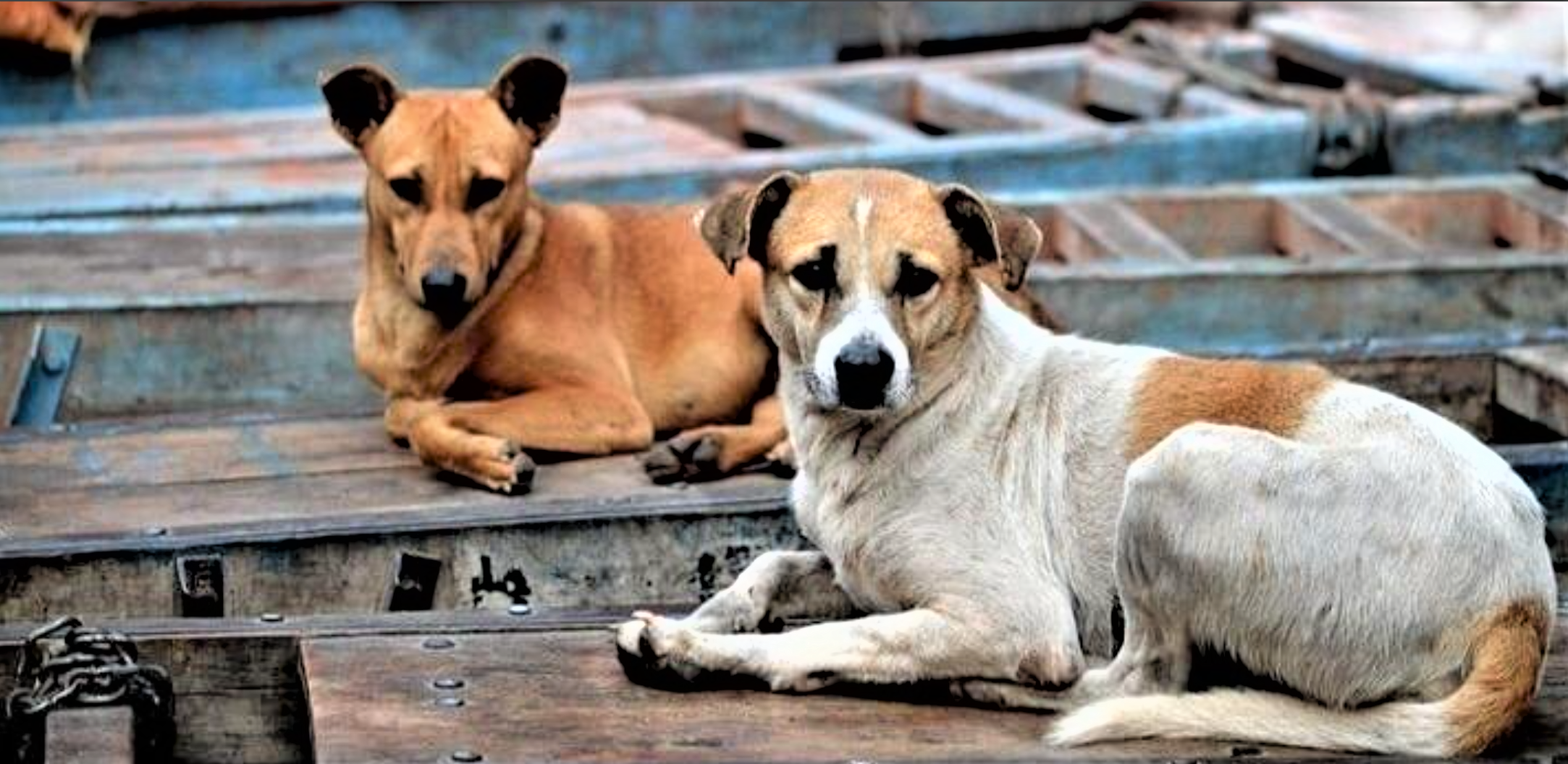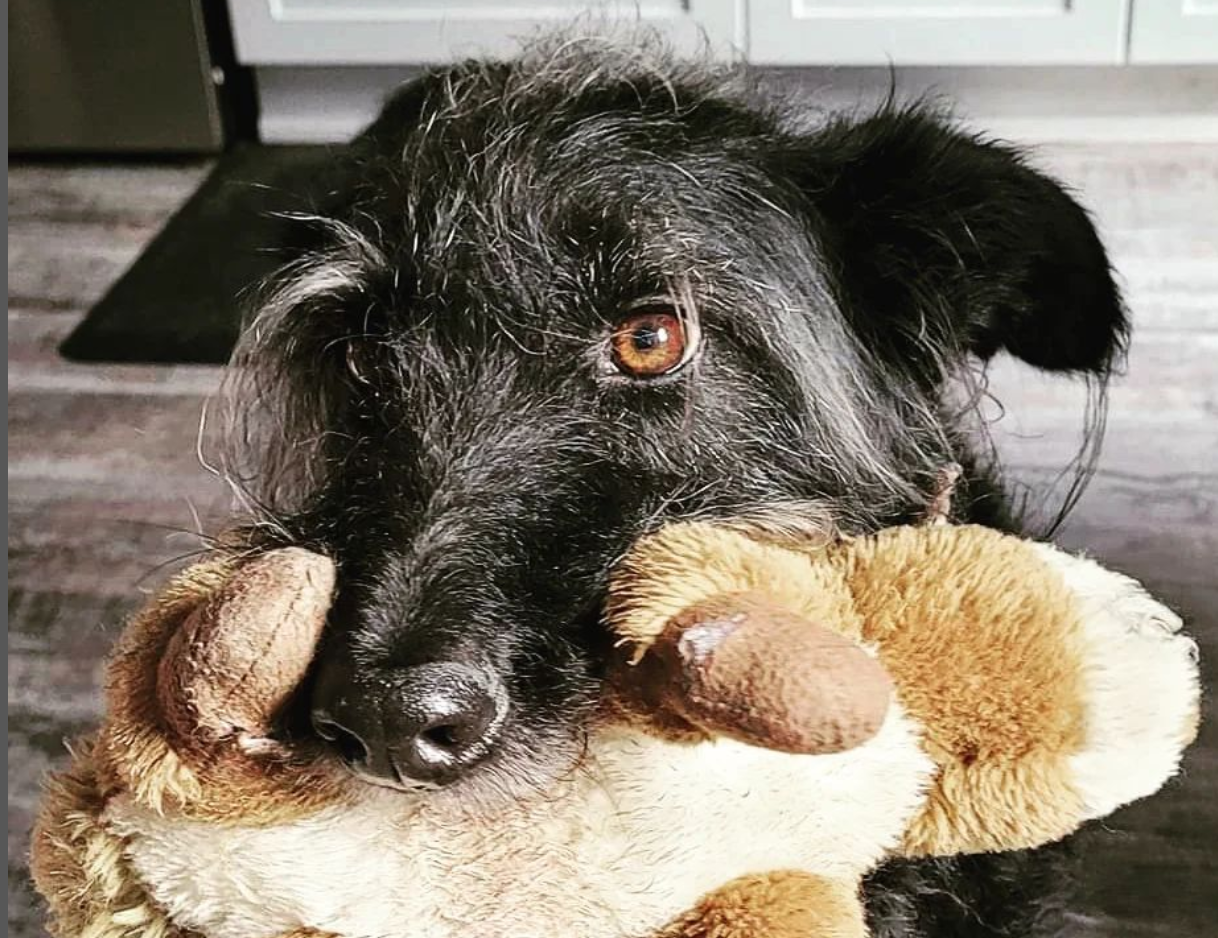By Jessica Scott-Reid
Jessica is a Canadian writer, animal advocate and plant-based food expert. Her work appears regularly in media across Canada and the US.
The Canadian Food Inspection Agency (CFIA) recently announced plans to implement a blanket ban on the importation of dogs from a list of more than 100 countries, over concerns of canine rabies entering Canada. “Canada does not currently have any active cases of dog rabies, a strain that is different than the rabies typically found in wildlife,” the agency said in a statement. “However in 2021, dogs were imported into Canada with this disease."
The ban, which takes effect on September 28th, includes dogs not only being imported for sale, but also for adoption, from rescue groups that operate in, or alongside, countries such as Ukraine, China and Afghanistan. Countries where homeless dogs very often suffer cruel fates. Animal advocates say the ban is overzealous, appears to have been created without any consultation with rescue organizations or animal advocates, and will sentence many dogs to a life of misery.
Bogie was rescued from the streets of Colombia and got the chance to live life with a loving family in Canada. Photo: Save A Friend Dog Rescue
Camille Labchuk, executive director of Canadian animal law organization Animal Justice, says she recognizes that Canada has its own dog overpopulation problem, but that dogs from war-torn countries and countries where dogs are slaughtered for food have it so bad that Canada still has an obligation and ability to help. “A lot of these countries do not have the animal welfare infrastructure that Canada possesses, and we may think the situation is dire here, but it is so much worse in many other parts of the world,” she says. When international rescue groups are no longer able to send dogs to Canada, she adds, “dogs are at real risk of being abandoned, being neglected and even being killed by state action.”
There is also the fact that dogs being brought in from other countries to be rescued by families in Canada are often fulfilling a different sort of adoption, by families who may not have otherwise considered rescuing. “A lot of rescues that operate internationally do focus on bringing dogs over that will be easily adopted in Canada,” Labchuk explains. In meeting with some rescue groups, Labchuk says she has learned “it really is a different type of dog, a different type of dog demographic.”
Citing one Canadian rescue group, Save A Friend Dog Rescue, that works in Colombia, Labchuk explains the group specifically brings in dogs that they know are highly likely to be adopted, such as poodle mixes. “And they charge high adoption fees that they then funnel back into spay and neuter work in Colombia, because they know that people will pay that fee and they know they can stretch that money and make it go really far in Colombia. So we have this dual mission of rescuing dogs from dodging traffic in the street and not knowing where their next meal comes from, and also using those proceeds to fund spay and neuter work locally.”
Mylo and Teddy at their new home in Canada after being adopted from Colombia. Photo: Save A Friend Dog Rescue
Subsequently, Animal Justice is concerned that Canada’s new policy may result in further growth of the unregulated and perilous puppy mill industry in our own country.
What advocates are proposing instead, is that Canada look to other countries with protocols and processes in place that allow dogs – rescues only — to enter the country without risk of spreading rabies. “Last summer the US implemented a temporary emergency policy that was similar,” Labchuk notes. “It was a blanket ban. [But then] they rescinded that in June in favour of rabies vaccination requirements, which we have as well, in favour of antibody testing to make sure the dogs have developed an immune response to rabies, and a period of quarantine.” She says those are the extra measures that Canada should implement, “because [they] are evidence-based and can address this issue without a blanket policy.”
Some advocates are pointing to the hypocrisy of taking such strict and swift action against the spread of rabies from foreign dogs, while overlooking the disease risk among animals in our own backyard. “It’s entirely fair that they want to stop rabies from propagating in this country and I’m really glad the CFIA takes rabies this seriously,” notes Labchuk, “but you do have to wonder where the agency’s priorities are when it’s done very little to address the inherent risk of zoonotic diseases that come from farming animals [in our own country].”
Ultimately, what advocates want is a reconsideration of the policy measures, which Labchuk says “go from basically zero to one hundred, without any intermediary steps that can be effective.”



